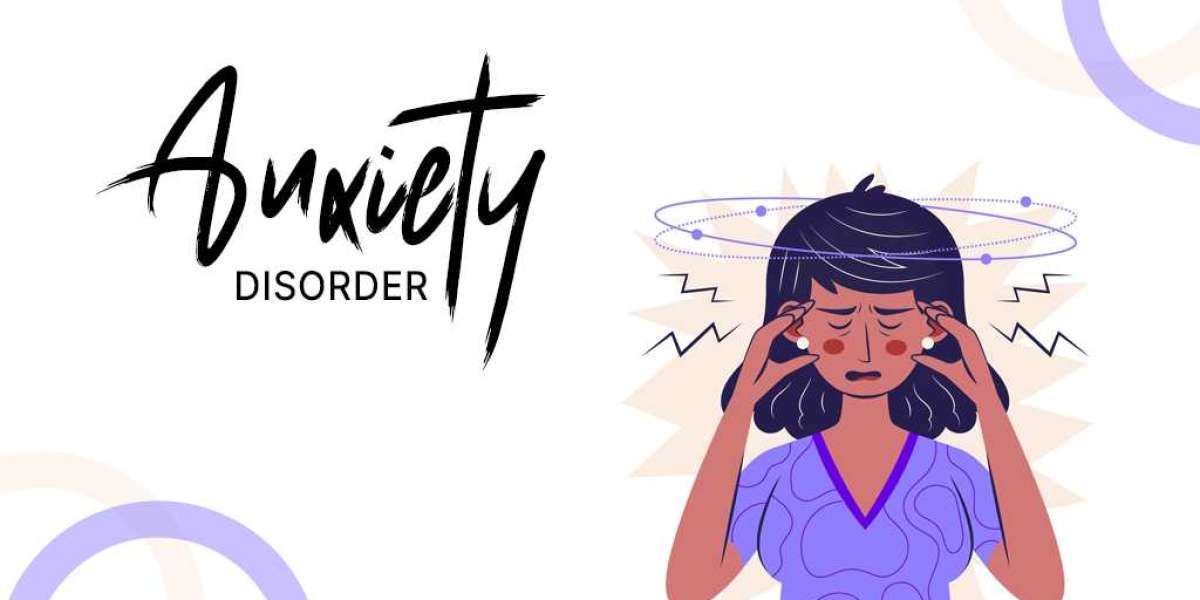Anxiety is a normal human emotion that can help us deal with stressful situations. However, when anxiety becomes chronic, it can lead to panic attacks, phobias, and other anxiety-related disorders. Mindfulness is a useful tool for managing anxiety behaviors, as it helps individuals become more aware of their thoughts and emotions and develop greater control over them.
What is Mindfulness?
Mindfulness is a state of non-judgmental awareness of one's thoughts, feelings, and bodily sensations. It is often associated with meditation practices, but it can also be practiced during everyday activities such as walking, eating, and even brushing teeth. Mindfulness involves paying attention to the present moment, without judgment or distraction.
How Does Mindfulness Help with Anxiety?
Anxiety is often accompanied by racing thoughts and physical symptoms such as rapid heartbeat, sweating, and trembling. By practicing mindfulness, individuals can become more aware of their thoughts and bodily sensations, and learn to observe them without getting caught up in them. This can help reduce anxiety symptoms and prevent them from spiraling out of control.
Mindfulness also helps individuals develop a more compassionate and accepting attitude toward themselves and their experiences. This can help reduce the self-criticism and self-judgment that often accompanies anxiety, and promote greater self-esteem and self-confidence.
Tips for Practicing Mindfulness
If you're interested in using mindfulness to manage your Anxiety Behaviors, here are a few tips to help you get started:
- Practice Regularly
Make mindfulness a regular part of your daily routine. Set aside a few minutes each day to practice mindfulness meditation, or try incorporating mindfulness into everyday activities such as walking, eating, or even doing the dishes.
- Focus on Your Breath
One of the simplest ways to practice mindfulness is to focus on your breath. Sit comfortably, with your feet on the floor and your hands resting in your lap. Close your eyes or soften your gaze, and take a few deep breaths. Then, simply observe your breath as it flows in and out of your body, without trying to control it or change it in any way.
- Observe Your Thoughts
When you practice mindfulness, you will likely notice that your mind wanders frequently. This is normal and expected. When you notice your mind wandering, simply observe the thought without judgment, and then gently redirect your attention back to your breath or another point of focus.
- Practice Self-Compassion
Mindfulness can be a powerful tool for developing greater self-compassion and self-acceptance. When you practice mindfulness, try to adopt a gentle, non-judgmental attitude toward yourself and your experiences. Remember that mindfulness is not about trying to change or fix anything, but simply observing and accepting what is.
- Practice Mindful Breathing
Mindful breathing is a specific technique that can be particularly helpful for managing anxiety behaviors. To practice mindful breathing, take a few deep breaths and then begin to count your breaths. Count each inhale and exhales as one breath, and try to focus your attention solely on your breath as you count. If your mind wanders, simply start over at one.
- Practice Gratitude
Gratitude is an important aspect of mindfulness that can help shift your focus away from anxiety and towards positive experiences. Try practicing gratitude by making a daily list of things you are grateful for, or simply taking a few moments each day to appreciate the good things in your life.
- Practice Body Scan
The body scan is a mindfulness technique that involves focusing your attention on different parts of your body, from your toes to your head. This can help you become more aware of physical sensations and reduce tension and anxiety behaviors in your body.
Conclusion:
In conclusion, mindfulness is a powerful tool for managing anxiety behaviors. By practicing mindfulness, individuals can become more aware of their thoughts and bodily sensations, and learn to observe them without judgment or distraction. This can help reduce anxiety symptoms and prevent them from spiraling out of control. Mindfulness can also help individuals develop greater self-compassion and self-acceptance, which can promote greater self-esteem and self-confidence.
If you're interested in using mindfulness to manage your anxiety behaviors, there are many techniques you can try, including focusing on your breath, observing your thoughts, practicing self-compassion, practicing mindful breathing, practicing gratitude, practicing body scan, and practicing mindful eating. It's important to remember that mindfulness is not a quick fix, and it takes time and practice to develop the skills and awareness necessary to manage anxiety effectively. However, with patience and persistence, mindfulness can be a powerful tool for transforming panic into a calm and promoting greater well-being and peace of mind.








